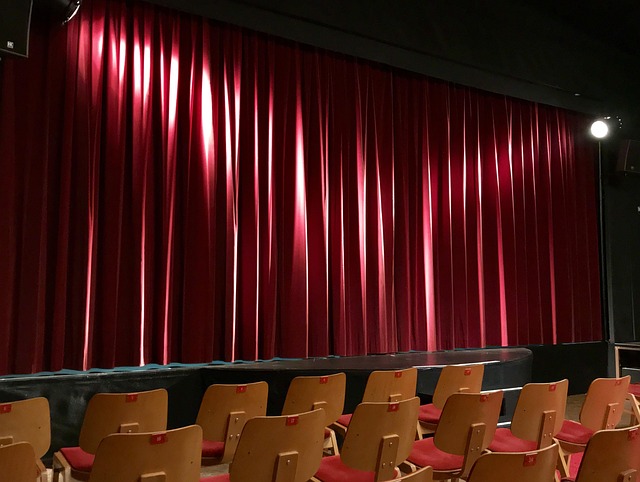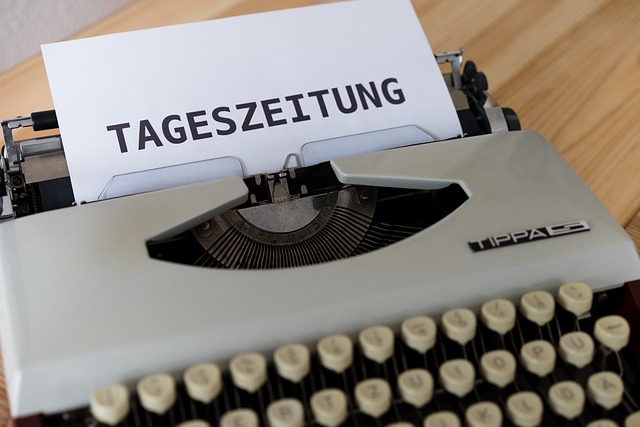
Navigating the Gray Areas: Understanding Ambiguity in Reading
Embracing the Uncertainty: The Role of Ambiguity in Reading
When we pick up a book, we often seek clarity — a story with a clear beginning, middle, and end, or a message that leaves no room for doubt. Yet, many of the most profound reading experiences dwell in ambiguity, where meanings blur and questions multiply rather than resolve. This uncertainty can be unsettling, but it can also deepen our engagement with a text, inviting us to explore new perspectives.
Ambiguity in reading is like walking through a fog: the path is not always clear, and the surroundings shift with every step. It challenges us to slow down, to interpret and re-interpret the words on the page, to live alongside the unknown. This can awaken a sense of curiosity and introspection that more straightforward narratives might not inspire.
Many readers recognize this feeling: the hesitation before choosing a meaning, the urge to discuss interpretations with others, the satisfaction in realizing that multiple truths can coexist. Ambiguity invites us to be active participants, not passive consumers. We fill in the gaps with our own experiences, emotions, and imaginations.
In reading communities, ambiguity often becomes a catalyst for rich conversation and diverse viewpoints. It reminds us that literature is not a one-way transmission but a dynamic relationship between author, text, and reader. The gray areas reflect the complexity of real life, where answers are rarely black or white.
So next time you encounter a story that resists simple understanding, try leaning into that uncertainty. Let the ambiguity breathe. You might find that it opens a space for deeper reflection and connection — both with the text and within yourself.


